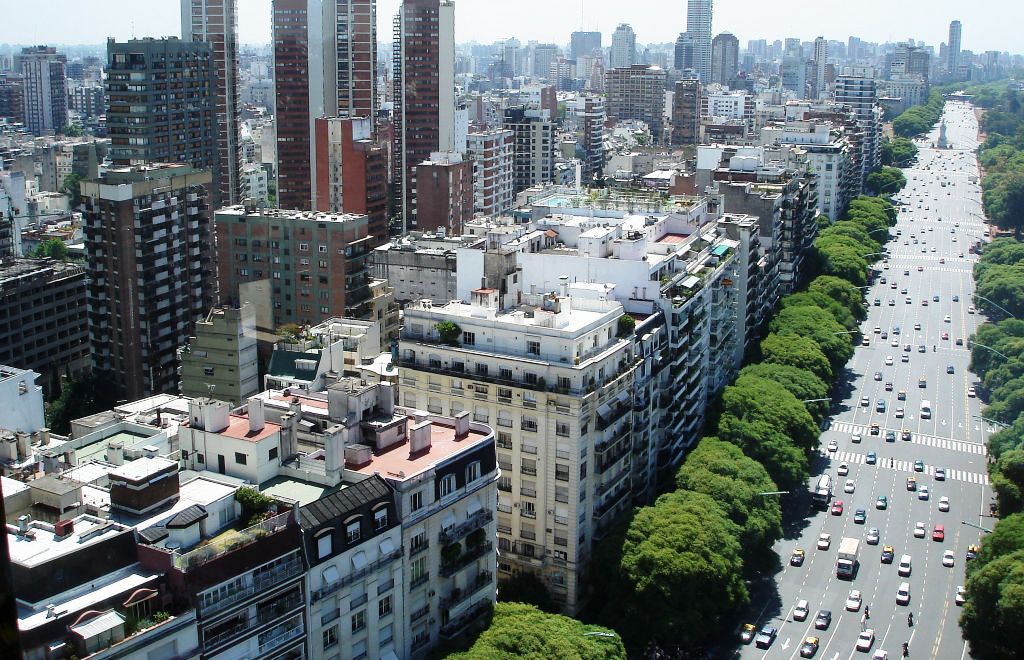Argentina’s economic activity grew in January compared with the same month the prior year and the country’s poverty rate fell in the second half of 2016, government data showed, suggesting the economy has begun a rebound after a tough recession.
Economic activity was 1.1% higher in January than in January 2016, the first year-on-year growth since last March. The economy contracted 0.5% from December, however, which showed the recovery was still fragile after the economy grew month-on-month in November and December, Reuters reported.
President Mauricio Macri’s administration is hoping an economic recovery ahead of midterm elections in October can boost flagging approval ratings. Macri has also said he wants to be evaluated based on his progress in reducing the ranks of the poor toward his stated goal of “zero poverty”.
Data from government statistics agency Indec showed that 30.3% of Argentines lived in poverty in the second half of 2016, down from 32.2% in the second quarter. The drop came as Argentina’s economy grew 0.1% in the third quarter and 0.5% in the fourth quarter, emerging from a sharp recession in the first half.
The economy was flat in December compared with December 2015, an upward revision from Indec’s prior estimate for a 0.1% contraction.
After taking office in December 2015, Macri began a revamp of Indec, which was accused of manipulating data under previous populist president Christina Fernandez.
The second-quarter poverty data, published last September, was the first released by Indec since October 2013, when it said fewer than 5% of Argentines lived in poverty.
Private data published in March by the Catholic University of Argentina, however, showed 32.9% of Argentines lived in poverty, up from 32.6% in April and 29% in 2015. The university’s data was seen as a benchmark in the absence of reliable data under Fernandez.
Macri has implemented market-friendly policies designed to cut the fiscal deficit and attract foreign investment. Some of those policies, including a reduction in subsidies for electricity and gas, contributed to the inflation of more than 40% last year.
The economy fell 2.3% in 2016 overall. Foreign investment has been slow to arrive, but the government has boosted infrastructure spending this year in a bid to jump-start the economy toward its goal of 3.5% growth in 2017. Economists see it slightly lower at 3%.


